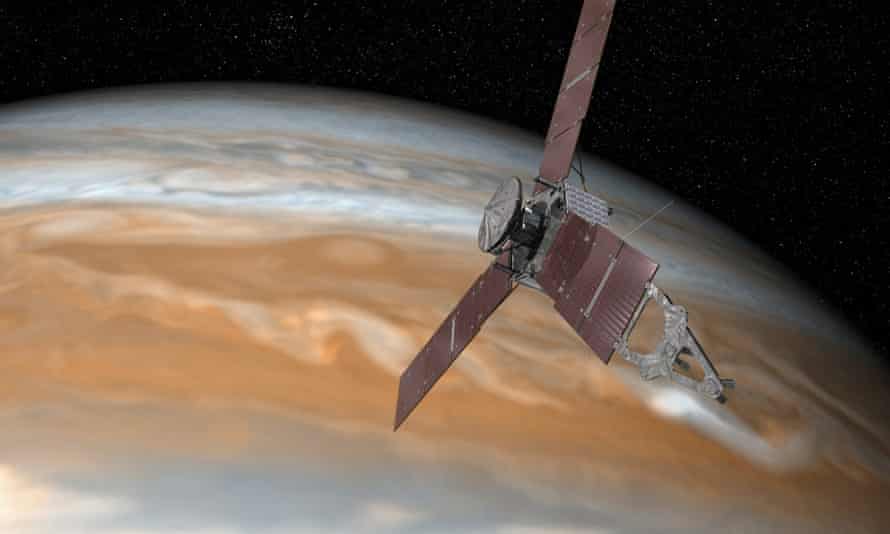Juno NASA’s mission has sent back the first two close-up images of Gianymed Moon Ganymede Jupiter, giving the public first view to the surface of the moon in two decades. Juno made his flyby from Jupiter’s month yesterday, June 7, marked the first time this spaceship was close to Ganymede in more than 20 years, according to the space agency.
Ganymede is the biggest month in the solar system and the only one of its kind is known to have a magnetic field. Scientists know many things about the moon, including that it has a metal core, mostly consisting of water and silicate stones, and the surface is covered with two different fields of medan, one impact crate full of long grooves with long grooves. And the hill back.
This field feature prominent in two short-range images of Juno’s first guymede, which was published by NASA a day after Flyby. One image was arrested using Junokam, while the others came from the Stellar reference unit camera.
Both the light and dark dark moon is seen in the picture, as well as the recent features of the crater on one field and the groove on the other side. The image is greyscaled at this time because the spacecraft uses a green filter to capture the initial image.
NASA said that Juno would later use the blue and red filter to capture additional images, allowing a spaced agent to finally release the color of the moon color. This image resolution is about 0.6 miles for each pixel, placing its size massively. The picture above has a slightly smaller resolution and the dark-side features of the moon, which faces away from the sun.


![How To Fix [pii_pn_060f4d2a52eaa092] Error Solved](https://epaperplanes.com/wp-content/uploads/2021/09/0c44.png)


